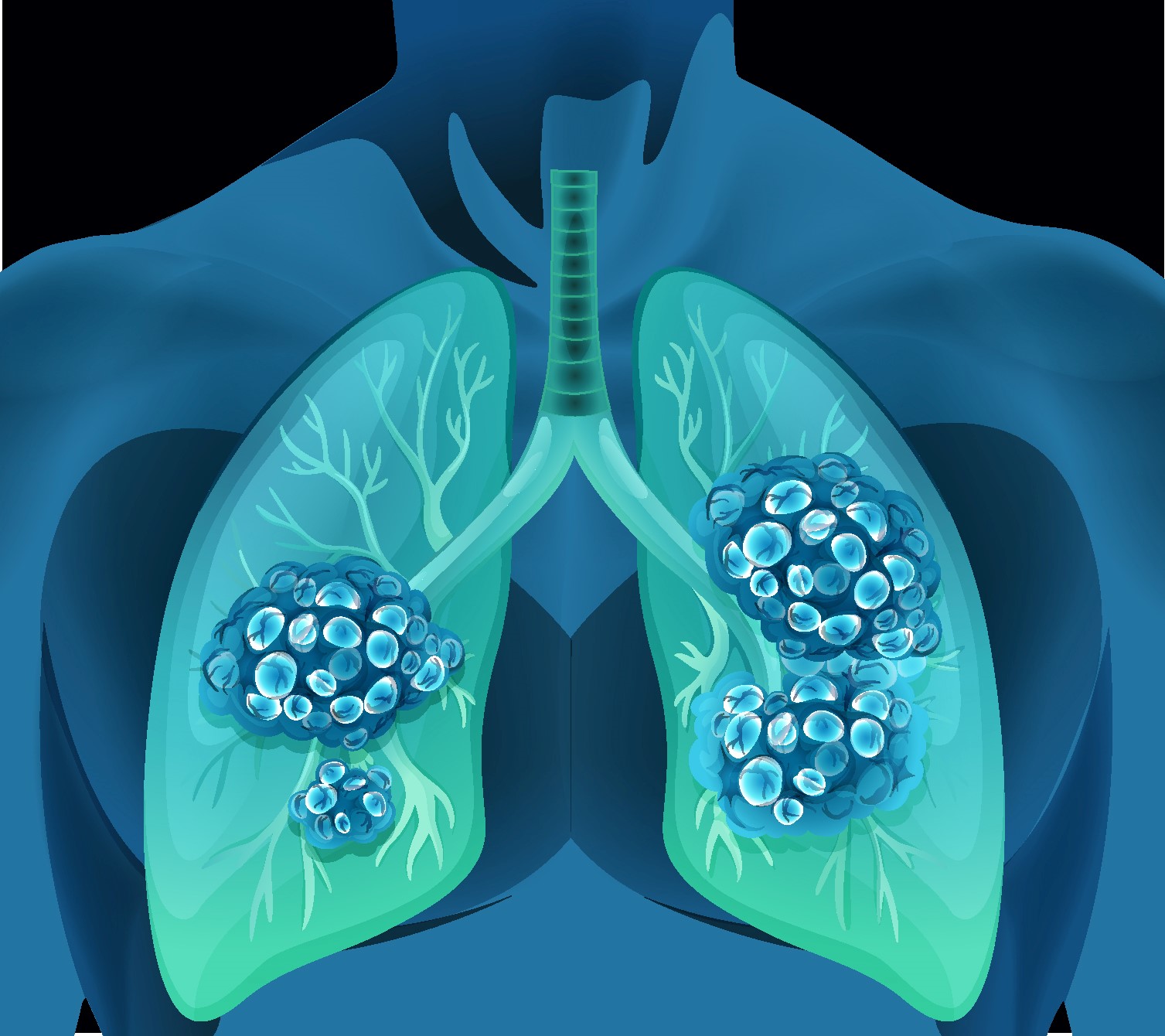Proof of the effect of occasional flu inoculation programs is progressively mentioned by governments or their Ministries of Health to excuse their proceeded with speculation. Likewise, in Europe, new European Medicines Agency (EMA) administrative rules necessitate that flu antibody Market Authorization Holders (MAHs) create yearly, brand-explicit, flu immunization adequacy (IVE) data.1 The Development of Robust and Innovative Vaccine Effectiveness project (DRIVE), which incorporates various flu immunization producers, was intended to upgrade the limit with regards to the assessment of IVE in Europe.2 A more extensive premium in the exhibition of flu immunizations additionally requests a nonstop venture from industry and the scholarly community into the evaluation of IVE.
IVE gauges, notwithstanding, are frequently harsh and a wellspring of disarray, particularly for those without broad involvement with immunization preliminaries plan and insights. Point assessments of occasional IVE can fluctuate extraordinarily across seasons, populaces, and wellbeing settings. Epidemiological variables represent a portion of these distinctions however regularly study design3 and the appraisal of various results make it hard to analyze concentrates inside and across various seasons.4 The qualities and shortcomings of IVE study configuration have been widely checked on elsewhere.5-11 But methodological insufficiencies in the assessment of flu antibody viability, and confusion of the outcomes,12, 13 represent a genuine test to the utilization of occasional flu inoculation as a general wellbeing instrument.
Reference link- https://onlinelibrary.wiley.com/doi/10.1111/irv.12786


